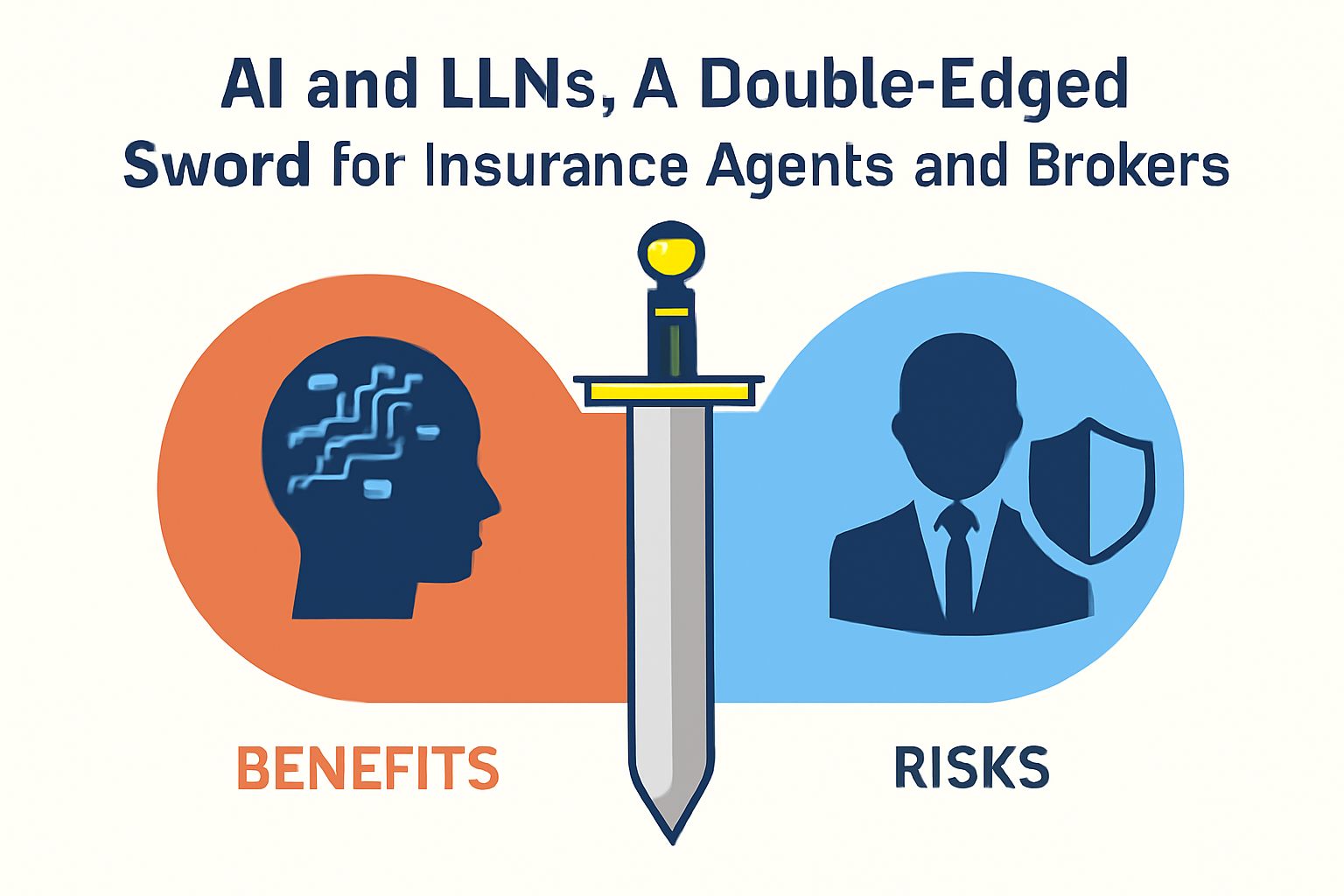Life insurance is a crucial financial product designed to protect the financial well-being of your loved ones in the event of your death. By providing a financial safety net, life insurance can help ensure that your family remains secure, even in your absence. However, when it comes to choosing a life insurance policy, there are two main types that dominate the market: Term Life Insurance and Whole Life Insurance. Both offer distinct advantages and come with different features, and understanding their differences is essential to making an informed decision about the policy that best suits your needs.
In this article, we’ll dive deep into the differences between term and whole life insurance, exploring the pros and cons of each. By the end of this guide, you’ll have a comprehensive understanding of how these policies work, and how to choose the one that fits your financial goals and life circumstances.
What is Term Life Insurance?
Term Life Insurance is the simplest and most straightforward type of life insurance. It provides coverage for a specific period or term—typically 10, 20, or 30 years. During this term, the policyholder pays regular premiums to maintain the policy. If the policyholder passes away during the term, the beneficiaries receive a death benefit, which is typically a lump sum of money.
Key Features of Term Life Insurance:
- Coverage for a Set Period: As the name suggests, term life insurance is designed to last for a predetermined period—usually between 10 and 30 years. If you outlive the term, the coverage ends, and no payout is made.
- Affordable Premiums: One of the main advantages of term life insurance is its affordability. Because it doesn’t accumulate cash value or offer lifelong coverage, the premiums tend to be lower than those of whole life insurance.
- No Cash Value: Unlike whole life insurance, term life insurance doesn’t build any cash value over time. This means that if you cancel the policy or outlive the term, you won’t get any money back.
Pros of Term Life Insurance:
- Affordable Premiums: Term life insurance is usually much cheaper than whole life insurance, making it an attractive option for young families or individuals on a tight budget.
- Simplicity: Term life insurance is easy to understand. You buy a policy for a specific period, pay regular premiums, and your beneficiaries receive the death benefit if you die during that time.
- Flexibility: You can choose a term length that fits your needs. For example, if you have children, you might choose a 20-year term to cover the years until they become financially independent. If you’re concerned about covering a mortgage, a 30-year term might be appropriate.
Cons of Term Life Insurance:
- No Lifelong Coverage: If you outlive your policy, you get nothing. This makes term life insurance less appealing for those looking for coverage that lasts for their entire lifetime.
- Renewal May Be Expensive: If you want to continue coverage after the term ends, you’ll need to renew the policy. However, the premiums for renewal can be significantly higher as you age, and your health may have declined, making it more difficult to qualify for affordable rates.
- No Cash Value: Because term life insurance doesn’t accumulate any cash value, it doesn’t offer the investment component that whole life insurance provides.
What is Whole Life Insurance?
Whole Life Insurance is a type of permanent life insurance that provides lifelong coverage, as long as premiums are paid. It offers more than just a death benefit—it also builds cash value over time, which can be borrowed against or used to pay premiums later in life. Whole life insurance policies tend to have higher premiums than term life insurance, but they come with added benefits.
Key Features of Whole Life Insurance:
- Lifetime Coverage: Whole life insurance covers you for your entire life, provided that you keep paying premiums. This is ideal for individuals who want long-term financial protection for their families.
- Cash Value Component: Unlike term life insurance, whole life insurance accumulates cash value over time. This cash value grows on a tax-deferred basis, which means you don’t pay taxes on the growth until you withdraw or borrow it.
- Fixed Premiums: With whole life insurance, the premiums are typically fixed throughout the life of the policy. This means that your premium will remain the same, regardless of age or health changes.
- Dividends: Some whole life insurance policies are eligible to receive dividends from the insurance company. These dividends can be used to reduce premiums, purchase additional coverage, or accumulate in the policy’s cash value.
Pros of Whole Life Insurance:
- Lifelong Coverage: Whole life insurance provides lifelong coverage, ensuring that your beneficiaries receive a death benefit no matter when you pass away.
- Cash Value Accumulation: The cash value component allows you to build savings over time, which can be borrowed against or used to pay premiums. This feature makes whole life insurance an attractive option for long-term wealth-building.
- Fixed Premiums: Since the premiums are fixed, you don’t have to worry about rate increases as you age. This can provide peace of mind for policyholders who want stable financial obligations.
- Potential for Dividends: Depending on the insurer, your whole life insurance policy might be eligible for dividends, which can help reduce costs or increase the policy’s value over time.
Cons of Whole Life Insurance:
- High Premiums: One of the biggest drawbacks of whole life insurance is the cost. Whole life policies are much more expensive than term life insurance, and premiums can be unaffordable for some individuals.
- Complexity: Whole life insurance can be more complex to understand, especially with the various options for how to utilize the cash value and dividends. It may require more time and research to choose the right policy for your needs.
- Lower Returns on Cash Value: While whole life insurance builds cash value over time, the returns tend to be relatively low compared to other investment options, such as mutual funds or stocks. This means that whole life insurance may not be the best choice if your primary goal is to build wealth.
Key Differences Between Term Life and Whole Life Insurance
1. Coverage Duration:
- Term Life: Provides coverage for a specific term (e.g., 10, 20, 30 years).
- Whole Life: Provides lifelong coverage.
2. Cost:
- Term Life: Generally much more affordable, especially when you’re young and healthy.
- Whole Life: More expensive, but includes the benefit of lifelong coverage and cash value accumulation.
3. Cash Value:
- Term Life: No cash value is accumulated.
- Whole Life: Builds cash value that grows over time and can be borrowed against or used for other purposes.
4. Flexibility:
- Term Life: Offers flexibility in choosing the length of coverage, but there’s no option to renew indefinitely at affordable rates.
- Whole Life: Provides lifelong protection with fixed premiums, but the premiums are generally not as flexible as term life insurance.
5. Payout:
- Term Life: If you outlive the term, no payout is made.
- Whole Life: You’re guaranteed a payout when you pass away, as long as premiums are paid.
Choosing the Right Policy: Which One is Right for You?
When deciding between term life insurance and whole life insurance, there are several factors to consider:
- Budget: If your primary concern is affordability, term life insurance is the better choice. The premiums are lower, and you can purchase a larger policy for the same price.
- Financial Goals: If you’re looking for long-term financial protection, and you have the budget for it, whole life insurance may be a better option due to its lifetime coverage and cash value component.
- Life Stage: Young families with children may find term life insurance to be more suitable, as it provides affordable coverage for the years they are raising children or paying off a mortgage. On the other hand, older individuals looking for permanent coverage or those seeking to build wealth may find whole life insurance more appropriate.
- Investment Component: If you want life insurance that doubles as an investment, whole life insurance offers a cash value component that can serve as a savings vehicle. However, keep in mind that the returns on the cash value are generally modest compared to other investment options.
Conclusion
Both term and whole life insurance policies have their place in the financial planning world. Term life insurance is the best option for those who need affordable coverage for a specific period, such as to cover the years when children are dependent or to pay off a mortgage. Whole life insurance is more suitable for those who want lifelong coverage and are willing to pay higher premiums for the added benefits of cash value accumulation and fixed rates.
Ultimately, the right choice depends on your individual financial situation, long-term goals, and the level of protection you need. By carefully weighing the pros and cons of each, you can select the policy that aligns best with your needs and provides the financial security your family deserves.




1 comment
r3lc7p